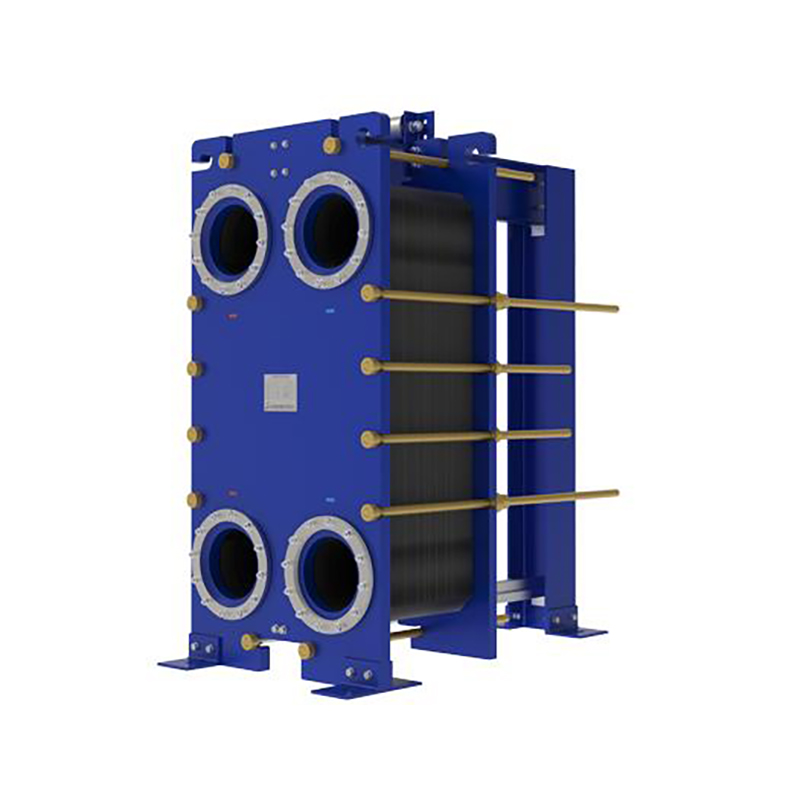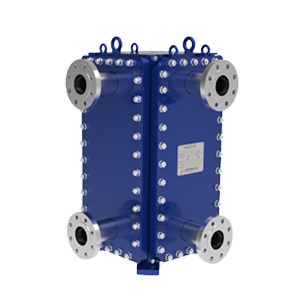5 key roles of plate heat exchanger gaskets.
Plate heat exchanger gaskets perform 5 key roles: ...
More
A plate type exchanger transfers heat between two fluids through a series of thin, corrugated metal plates stacked together. These plates create alternating channels for hot and cold fluids, allowing efficient thermal transfer without direct mixing. The large surface area and turbulent flow induced by the plate design maximize heat exchange, often achieving 90%+ thermal efficiency. Gasketed, brazed, or welded models adapt to various pressures (up to 25 bar) and temperatures (-40°C to 200°C). Common applications include HVAC systems, food processing, and chemical plants, where compact size and easy maintenance are critical. Compared to shell-and-tube models, plate exchangers reduce energy costs by 30-50% while occupying 1/5th the space.
Plate heat exchangers primarily use stainless steel (AISI 304/316) for corrosion resistance in food/pharma industries, while titanium handles seawater or acidic fluids. Gaskets are NBR, EPDM, or Viton for temperature compatibility (-15°C to 180°C). Brazed versions employ copper or nickel solder for high-pressure durability (up to 30 bar). Advanced models feature laser-welded plates for leak-proof operation in oil/gas applications. The frame typically consists of carbon steel with epoxy coating for structural support. Material selection directly impacts lifespan—stainless steel models last 15-20 years in water systems, while titanium exceeds 25 years in aggressive media.
Select the most popular foreign trade service products to meet your diverse needs
Learn more about the dynamics and professional knowledge of the foreign trade industry

Plate heat exchanger gaskets perform 5 key roles: ...
MoreAPI 662 defines standards for plate heat exchanger...
More
You can see clear differences between welded block...
More
A gasket in heat exchanger seals surfaces, blocks ...
MoreModern HVAC heater exchangers in 2025 offer superi...
More
Gasketed plate heat exchangers boost industrial ef...
MoreSelect the most popular foreign trade service products to meet your diverse needs
Explore more content related to foreign trade services

User Comments
Service Experience Sharing from Real Customers
John Smith
Mechanical EngineerThe plate type exchanger is incredibly efficient and easy to maintain. It has significantly improved our heat transfer processes.
Emily Johnson
Process TechnicianGreat product! The plate type exchanger works perfectly for our needs. Installation was straightforward, and performance is reliable.
Michael Brown
HVAC SpecialistThis plate type exchanger is a game-changer for our HVAC systems. It's compact, efficient, and has reduced energy costs.
Sarah Davis
Plant ManagerWe've been using this plate type exchanger for several months now, and it's been very dependable. Highly recommend for industrial applications.